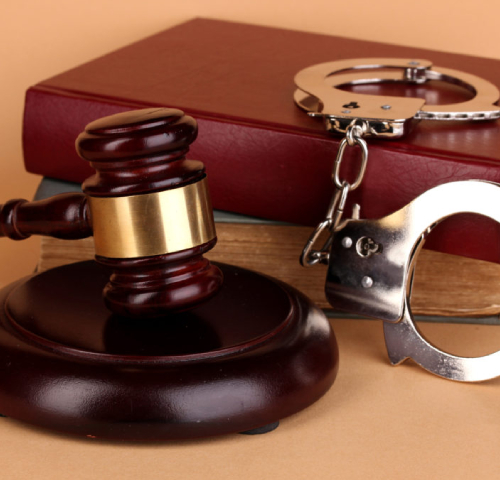When Your EMail Becomes “Exhibit A”

What Are The Benefits Of Hiring A Conveyancing Solicitor
July 10, 2019
Personal Injury Solicitors
July 17, 2019
The fact that it is instantaneous has allowed email to surpass faxing and mail as the primary way we communicate. While e-mail has made businesses more efficient by streamlining how and where information is sent, e-mail also has brought about new risks to the sender, and possibly the sender’s business. Carelessness, misinterpretation of the message, and sending without review are some of the many pitfalls that have arisen in the electronic age. This article will focus on the ways you can protect yourself and your organization from the common errors of e-mail correspondence, and teach you how to use email in a beneficial and persuasive manner. Is E-Mail Your Best Option? The first question you need to ask yourself before you compose and/or send your email is whether email is the best manner in which to convey your message. Would a telephone call or one-on-one meeting be a safer and more effective way to communicate the message? E-mail is forever.
It can be stored, forwarded and printed forever. Your words will be forever immortalized not only by the recipient, but also by whomever the recipient decides to share the message. While correspondence sent via fax and the postal service may also be chronicled, communications via email are more dangerous, because they are often sent hastily, with errors, and are most open to misinterpretation by the recipient. Think Before You Click? It has been my experience that senders of email do not treat it like they would a typewritten or word-processed correspondence on their company’s letterhead. Correspondence on company letterhead would be typically proofread at least once for grammatical and syntax errors, tone, and choice of language before being mailed to the recipient. It might even be reviewed by another set of eyes before being sent. Additionally, the fact that the letter would have to be mailed or faxed slows down our thoughts and gives the sender time to reflect on whether the letter effectively conveys the writer’s thoughts and the appropriate tone. Messages sent via e-mail are equally a reflection of ourselves and our company, yet most of us receive on a daily basis an inordinate amount of business correspondence from others which are rife with spelling errors, either too informal or too cute and just plain sloppy.
The instantaneous nature of email should in no way lessen the attention the sender gives to accuracy, prudence, and content. While the abbreviations and acronyms now associated with e-mail and text-messaging have crept into business communications, i.e. LOL (Laugh Out Loud) or IMHO (In My Humble Opinion) you would not want to see them re-printed as Exhibit A. When My EMail Becomes Exhibit A Some individuals treat an incoming e-mail like a hot potato. They feel the need to immediately respond to the question or allegation posed by the sender, without forethought as to what is being stated in the response. Remember, e-mail is still a form of written communication that can be printed and used in any manner that a typewritten or word-processed letter can. Before rushing to answer allegations or a complaint from another business, a customer or government entity via e-mail, review the content of your response. Print out your unsent version and let it sit for a while before sending it.
This will alleviate angry or hot-headed responses. Use a red pen to edit the response, maintaining the formality of a regular letter. Make sure you are making no admissions, especially if you are in a transactional or legal dispute. Your admission will be used as “Exhibit A” at the time of trial. Ask yourself this question before you hit send: Would I want a judge or the public to read what I have written? If your answer is no, it is time to edit the email before sending it. A hastily composed response chock full of spelling errors can also be embarrassing as well. If you are not sure whether a topic or admission or statement is appropriate, then you should consult your attorney. Conclusion E-mail is highly effective if used properly and with a modicum of restraint. It requires the same efforts as those correspondences we would place on the company letterhead. Print out a draft and edit it before sending. A hastily-sent e-mail message might not reflect the tone or the intent of the communication which could lead to misinterpretation. Also, beware of using e-mail for mea culpas and admissions during conflicts with other businesses or government entities, it could become Exhibit A



